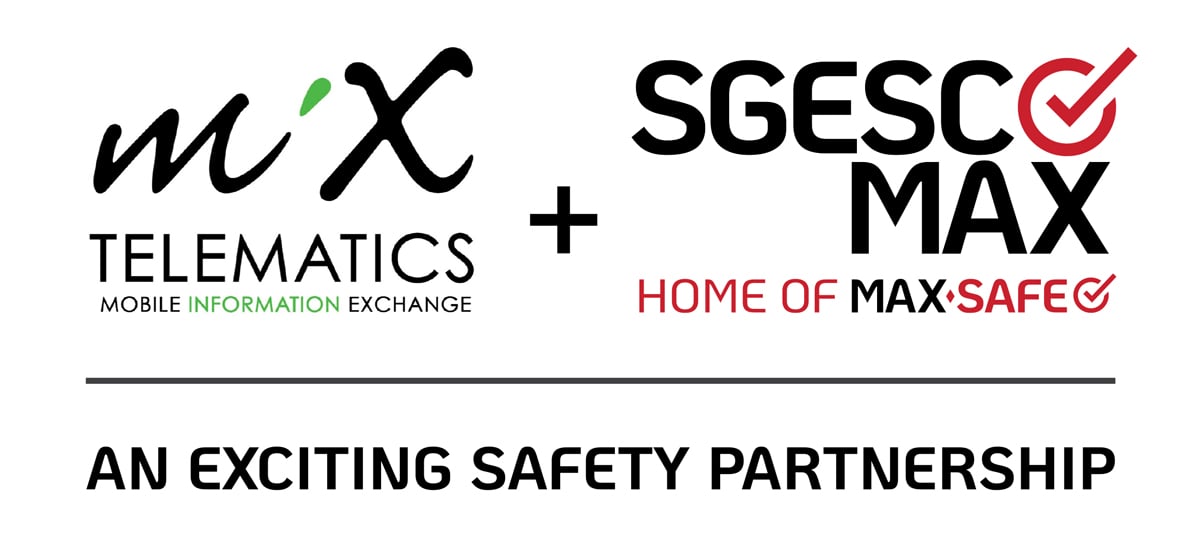Brisbane Olympics Construction
The Brisbane 2032 Olympics will herald a construction boom across SE QLD. With that comes increased risks to Vulnerable Road Users. Will SE QLD...
The Major Crash Investigation 2024 Report from National Transport Insurance (NTI) and the National Truck Accident Research Centre (NTARC) highlights some concerning and dramatic trends with respect to heavy vehicle safety.
Approximately 1000 (997) crashes were related to human factors – that’s 61% of the total – and a huge 42% increase on the 2022 figure of 702 crashes. This equates to 20 heavy vehicle (rigid truck, articulated truck and bus) accidents per week creating more than $50K in property damage, with some in excess of 1M+.
|
Human Factor Elements (Top 5) |
2022 |
2024 |
|
Inattention / Distraction |
16.3% |
31.7% |
|
Inappropriate Speed |
12.5% |
16.4% |
|
Inadequate Following Distance |
8.6% |
14.8% |
|
Inappropriate Vehicle Position |
10.5% |
13.4% |
|
Fatigue |
8.2% |
9.5% |
Inattention/Distraction has nearly doubled in two years and is almost double the rate of any other cause.
The report notes the need to improve driver understanding of the importance of attention towards the primary task of driving instead of allowing attention to be diverted to secondary tasks such as mobile phone and wearables use, consuming food or drink, talking with passengers, and looking at infotainment systems or roadside advertising.
As a result of NTI being an asset insurance provider, the data does not capture information on personal injury resulting from road crashes. This likely results in under-reporting of Vulnerable Road User crashes. Such crashes with trucks will have proportionally higher risks of injury or death for a lower likelihood of sufficient property damage to trigger a heavy motor insurance claim or to meet the $50,000 in property damage threshold for inclusion in this dataset.
Given the high and rising incidence of inattention and distraction resulting in two known accidents a week in our cities and the omission of VRU data, this underscores a growing risk to the increased number of VRUs sharing our roads.
The Major Crash Investigation 2024 Report noted that research has suggested the introduction of advanced driver assistance systems, such as lane keeping assist, adaptive cruise control and traffic sign recognition, may contribute to driver ‘boredom’ and allow drivers to divert their attention to secondary tasks.
SGESCO-MAX’s view is that new, advanced and intelligent safety systems could do much to reduce the risk of accidents caused by Inattention or Distraction, especially at low speeds, claims SGESCO-MAX Managing Director, Scott McPherson.
New AI Camera-based solutions such as the MAX-SAFE View range alert HV drivers via a spoken warning of nearby VRUs, focussing their attention on where it needs to be and giving them the opportunity to respond in time. In some cases, options exist to actively brake a vehicle before a driver can respond to a risk.
 Feedback from drivers using these solutions within the construction industry note that they overcome driver complacency because the warning is actual, targeted and spoken. (E.g. Warning, cyclist on your left).
Feedback from drivers using these solutions within the construction industry note that they overcome driver complacency because the warning is actual, targeted and spoken. (E.g. Warning, cyclist on your left).
With these solutions being a fraction of the cost of the average insurance claim, it makes sense for large fleet companies, in particular, to invest in technology that would significantly reduce incidents caused by human risk – including accidents with VRUs – while providing protection for the life of the vehicle, Scott said.
In this report, NTI announced a new partnership with the National Road Safety Partnership Program (NRSPP) and the Monash University Accident Research Centre (MUARC). Over time this will improve the diversity and quality of data collected to provide a greater understanding of key hazards, which will feed into developing new interventions, enrich research and inform policy. SGESCO-MAX welcomes this development.

The Brisbane 2032 Olympics will herald a construction boom across SE QLD. With that comes increased risks to Vulnerable Road Users. Will SE QLD...

Australia and New Zealand’s heavy vehicle fleets are significantly older compared to other developed nations, creating challenges when it comes to...

Delivers Unparalleled Heavy Vehicle Fleet Management Safety Solution SGESCO-MAX is pleased to announce it has formalised a partnership withMiX...
.png)